6 Ways to develop effective Badminton grips
The way a player initially starts to hold the racket is fundamental
It will influence their future development and their enjoyment
How often have you been asked or overheard coaches saying ……
Inappropriate badminton grips will certainly inhibit and in some cases prohibit the development of strokes and tactics. How do you ensure that effective badminton grips are developed by your young players?
These 6 suggestions are aimed at giving you ideas about how to introduce, practice and improve the way the racket is held or gripped.
The way a person first hold or grips a racket can and should be influenced
– – – – – – – – – – – – – – – – – –
This post was inspired by a presentation from the Badminton Ireland 2019 Coaches Conference.
For a copy of the slides click on this image
– – – – – – – – – – – – – – – – – –
1. Wallwork
2. Below shoulder strokes
3. Instruction = success
4. Outcomes are important
5. Practices, tasks & challenges
6. Teaching to forget
Additional content at the end
 Watch the great ‘7 Ways to improve your grip change’ video from Badminton Insight
Watch the great ‘7 Ways to improve your grip change’ video from Badminton Insight
A solution to help your young players with their grips & prevent an early pan-handle
(not a paid promotion)
– – – – – – – – – – – – – – – –
1. Wallwork (wall striking practices)
 This is a critical set of practices to encourage and develop a range of badminton grips.
This is a critical set of practices to encourage and develop a range of badminton grips.
It also reduces the development of inappropriate grips such as the forehand ‘pan-handle ‘or the backhand ‘floppy wrist’. Wallwork will develop an ability to play lots of shots with a similar (same’ ish) grip with only minimal movements of the hand and fingers.
I make extensive and regular use of Wallwork during the first 10-20 sessions when a player first encounters badminton without any previous coaching or instruction.
Of course, Wallwork would not be the only practice during a session and I don’t recommend hitting against the wall constantly for 30 minutes. It can be combined with other tasks and games, also it can be used as a review tool to check technical progress with attention to grips and flicking actions.
There aren’t many guarantees in coaching, however, using Wallwork practices certainly eradicates some of the classic grips and hitting problems such as – ‘Pan-handle’, ‘Finger Up the shaft’, and weak ‘Floppy’ backhands.
Wallwork also develops
- lunging on the racket leg
- early racket preparation
- flicking skills using hand cocking for power
- ready stances
- some elements of split-step/pretension timed moments
- trust in the coach and the tasks/challenges they set
- self-development and player led practices
This method of striking against the wall can easily contain many fun challenges if you are prepared to make each small step an exciting challenging one. I try to ‘sell’ the idea like a PlayStation or X-Box games with lots of levels, challenges and achievements.
Hopefully, you will discover that technical skills can be easily be established and progressed with limited instructions through practical exercises. (look out for the future post on Wallwork and its many uses)
Other Uses
I also use Wallwork to start corrections, especially if players have ‘Pan-handle Grip’ issues. If you want to know more then send me an email and find out what is going to be included in the bigger Wallwork post coming soon.
The aspect of striking against the wall can contain many fun challenges and coaches will discover that technical skills can be established and progressed with limited instructions using easy to understand, short practical exercises
I love the simplicity 🙂
– – – – – – – – – – – – – – – –
2. Below shoulder strokes
I recommend that coaches initially use practices that focus on the development of below the shoulder strokes.
This will benefit the establishment of appropriate grips and limit the opportunity for inappropriate grips.
I do not recommend that striking overhead is introduced as an early skill
The potential for issues (grip/movement/motivation) is too high, so why take the risk?
There are many below shoulder strokes that have similar and associated movements or skill elements that are easily transferable into other strokes. With only small grip/hold adjustments, players will be able to play a range of strokes on the f/h and b/h, straight and cross court.
Consider how you could set tasks/challenges and easily combine these elements, maintaining a high element of success and progression
- Flicking – using Wallwork and on court
- Blocks
- Nets – , net, flicks, deep f/h.
- Deep F/h – pull and drags
- Movements: stepping, lunging, chasse, running
- Preparations – for power and for an early shuttle
Unlike overhead power throwing strokes, most below shoulder strokes can be played (if required) with reduced racket movement and with less power
This will provide a greater opportunity for success and appropriate grip reinforcement
Do you think that my recommendation of below shoulder strokes before overhead strokes is contradictory to the ‘traditional’ approach used by many coaches, that is, the early introduction of the overhead forehand?
I’ve used this approach over the last 20 yrs and it always served me well. Hardly any grip issues with players and plenty of fun, challenges and success with the many below shoulder strokes. In fact, progressions and skill transfers are huge.
If you believe that overhead strokes should be introduced very early, please tell me why
How you achieve technical development and a great grip all within the first few weeks and months?
– – – – – – – – – – – – – – – –
3. Instruction = success
When working with novice players I recommend that your practices give the greatest opportunity for success. This is especially true when developing grips and grip changes.
It’s important that the practice produces a successful (or near successful) outcome so that the player gains confidence and ‘trust in the coach’
Coaches should strive to give short and clear instructions that once implemented allow for almost immediate success or at least partial success. Complex and technical (especially lengthily theoretical) explanations should be avoided.
Have you thought about describing how the strings “look”, rather than talking about grips?
I recommend that coaches focus on the ‘shape’ of the racket head (strings) and the ‘direction the strings will send the shuttle’ as initial cues. For example, a block from low on the backhand side will require a different grip to one at mid-height, instruct the player ‘to turn the racket strings so that the shuttle is hit upwards’ ie the strings point up.
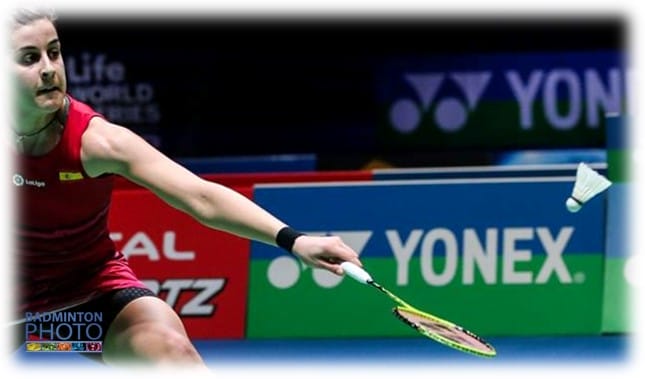 This can work equally well with cross blocks from low on the forehand midcourt, or with a crosscourt backhand flat pull/drag
This can work equally well with cross blocks from low on the forehand midcourt, or with a crosscourt backhand flat pull/drag
Coaches may think that they know the exact grip and position of the fingers on the racket handle. However, I recommend that you could first try to encourage and make reference to the ‘shape of the strings’ and questions surrounding the flight of the shuttle – “send it up; crosscourt; long”.
Encourage players through trial and error.
Allow them to attempt the stroke with limited technical information. Especially if they have initially started with Wallwork practices. Ask them to consider how they can make the shuttle fly to achieve the outcome they want. Ensure that together you have set an outcome!
Please resist the temptation to tell the players how to hold the racket, where to put their fingers, etc.
 Create practices that encourage the technical development you think is appropriate for the players’ development.
Create practices that encourage the technical development you think is appropriate for the players’ development.
Try to say the minimum, rather allow the practices to constrain and develope the skills . It may not be easy for you, but the reward will be great so give it a go.
Coach (by setting practices) rather than instruct
The phrase “the way coaches communicate with coaches is NOT the way coaches should communicate with players” is very appropriate.
– – – – – – – – – – – – – – – –
4. Outcomes are important
When coaching any technical aspects and especially where the grip is a vital element, I like to encourage players to look or think about “what happens to the shuttle?”
Can they describe how they would like it to fly, how will be effect the opponent?
Teach by outcomes
I’ve spent many hours thinking about how I’ve seen successful coaches introducing and developing grips
The most successful methods use a constraint plus outcomes approach. I like to set tasks that seem simple with easily understandable instructions.
The technical aspects such as; finger placements, grip strength, hand orientation, etc are important and some players may wish to receive lengthily and full explanations. However, it is the outcome and the effect on the shuttle and the immediate influence on the rally that is most important.
Outcomes should be measured on game-related effects, not technical expertise
Try to initially refer to the flight of the shuttle, the shape of how it moves after striking, the outcome. Ask the players to imagine and then try to make this shape. You may be surprised that after a few attempts they start to change things for themselves without any ‘instruction from you.
Think about how you would change your grip for the following outcomes
The same shot with a different grip and hitting action can completely change the outcome. Slight variations in both can result in different flight shapes in the air and the shuttles landing position, even when played from the same striking position. That’s why I like to coach outcomes rather than individual strokes.
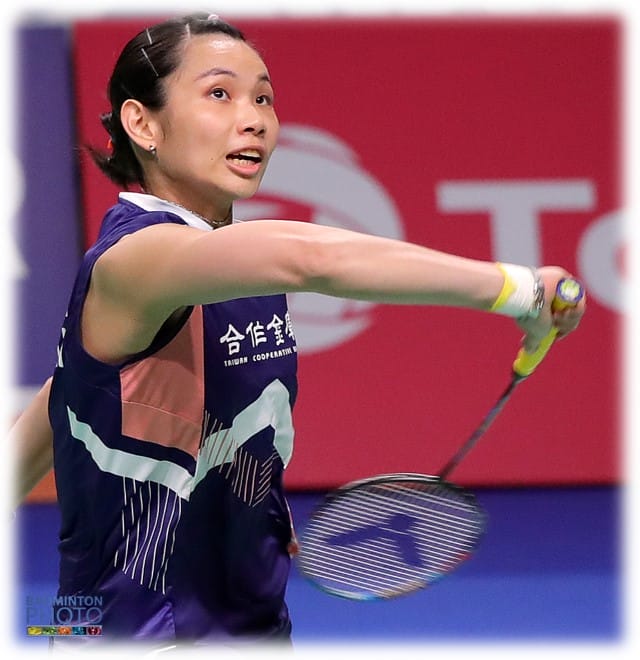 You may need to describe or talk with players to agree on how these ‘shapes or flights’ differ from stroke to stroke. The grip they will use to change the provide power or slice or to help with the deception.
You may need to describe or talk with players to agree on how these ‘shapes or flights’ differ from stroke to stroke. The grip they will use to change the provide power or slice or to help with the deception.
How would you change the way you hold the racket and how would you change your hitting action with that grip for these strokes and their variations?
- Defensive Blocks: “Up and Over”, “Flat and Fast”, “Deep, Up and Over the Opponent”
- Deep Forehands: “Fast and Flat”, “Fast then Float”. “Straight or Crosscourt”
- Crosscourt forecourt shots from low: “Go Up and Cross”, “Fast and Flat & Cross”
- Smashes: “Maximum Power”, “Travel Steeply”
- Deep Backhands: “Fast, Flat and into court”, “Fast Crosscourt but die in the forecourt”
A Deep forehand or backhand is also called a Pull (BWF) or a Drag (Ire)
The aim of coaches should be the development of players with a sense of how to play strokes within a rally that will either be advantageous to them to limit the opponent’s advantages, this is more recently known as ‘game sense’ skills.
Establishment of technical aspects within practices must be with a relationship to the rally situation or the effect upon the opponent
– – – – – – – – – – – – – – – –
5. Practices, tasks & challenges
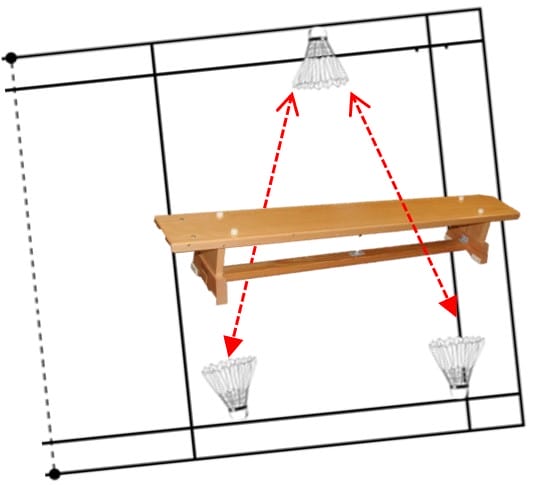 These Practices and Challenges will in some instances introduce grips, others will encourage grip changes.
These Practices and Challenges will in some instances introduce grips, others will encourage grip changes.
There will also be some that ‘force’ players to change from the way they currently grip/hold the racket.
I don’t know what reaction your players will have to each of them. They may successfully move from one practice to another, or they may feel uncomfortable throughout the practice. In some instances, they may resist the work or try to change it.
It often depends on what previous experiences they have when faced with ‘tough’ challenges. If they have developed (in full or part) inappropriate ways of holding the racket and in striking they may find the challenge and task overwhelming.
Coaches need to carefully select both the practice and the level of difficulty.
The skill is in selecting these elements and in how they are introduced to the player. It’s the balance of these two elements plus how they are introduced to the player that I believe Coaches should strive to master
Create practices with numerous variations, targets and intents then ‘sell’ them to your players as if it’s the most exciting or challenging task that day
Are you able to do this?
Practices & Challenges examples
Can you identify the challenge in each of these following practices? Especially if someone had an ‘inappropriate grip’ 🙁
- Wallwork: Strike from the fh, racket leg forward and catch the shuttle 5 times in a row
- Bouncing: Alternate fh & bh hits x 10
- Hitting across the courts: playing a mini co-operative match over a bench, fast tramline singles
– – – – – – – – – – – – – – – –
6. Teaching to forget
Try these Do’s and Don’ts when teaching grips and let me know what you think about “Teaching to forget”
 Do
Do
- Keep quiet about the grip (technical info) once the shot is part mastered
- Talk about the flight of the shuttle, the outcome they want / desire
- Lots of hitting and emphasise the shuttle flight outcomes ie up and high, flat, spin, fast then slow,
- Lots of demonstrations with great and obvious outcomes
- Select effective visual or feeling cues
Dont
- Keep reminding players about their hand or fingers
- Give verbal descriptions on how to grip the racket
- Practice in isolation ie one grip at a time
The goal is NOT that players know the exact grip to use, or where to place their fingers
The aim is that they know the outcome they want
Then through a series of tasks develop an understanding of how to achive it
The very early developmental stages
During this initial ‘learning to play’ stage, you may have to be more direct with your instructions, but you can still….
- set up practices that constrain and create situations that develop effective ways to hold the racket
- show great demonstrations: coach by your actions rather than your words
- offer effective and imaginary cues that reduce the need for lengthy explanations
- set simple tasks that create player confidence, initial success is vital
Your players need to be able to perform on the court as Players (and not coaches)
If a player was asked “exactly how do you hold your racket to play that shot”,
I hope that they would either reply “like this” and show or demonstrate the movement or reply “mmm I not sure, I just hit it”
It’s far more important that in a competition a player strikes the shuttle with an intention of doing something that affects their opponent, rather than thinking “I need to place my thumb here on the handle”
– – – – – – – – – – – – – – – –
Learn how to quickly change between the different grips in badminton
7 levels of practice to improve your grip changing speed!
– – – – – – – – – – – – – – – –
 Have you tried this product?
Have you tried this product?
I recommend that you try it with your very young players. This is not a paid promotion and to be honest, I don’t use it with all my players. However, it is a tool and I keep 2 in my bag.
The GripFixer is very well built and will last you many hours of use. It comes in 2 different sizes and is extremely easy to use.
It certainly prevents players from starting with a Pan-Handled grip and that has to be beneficial.
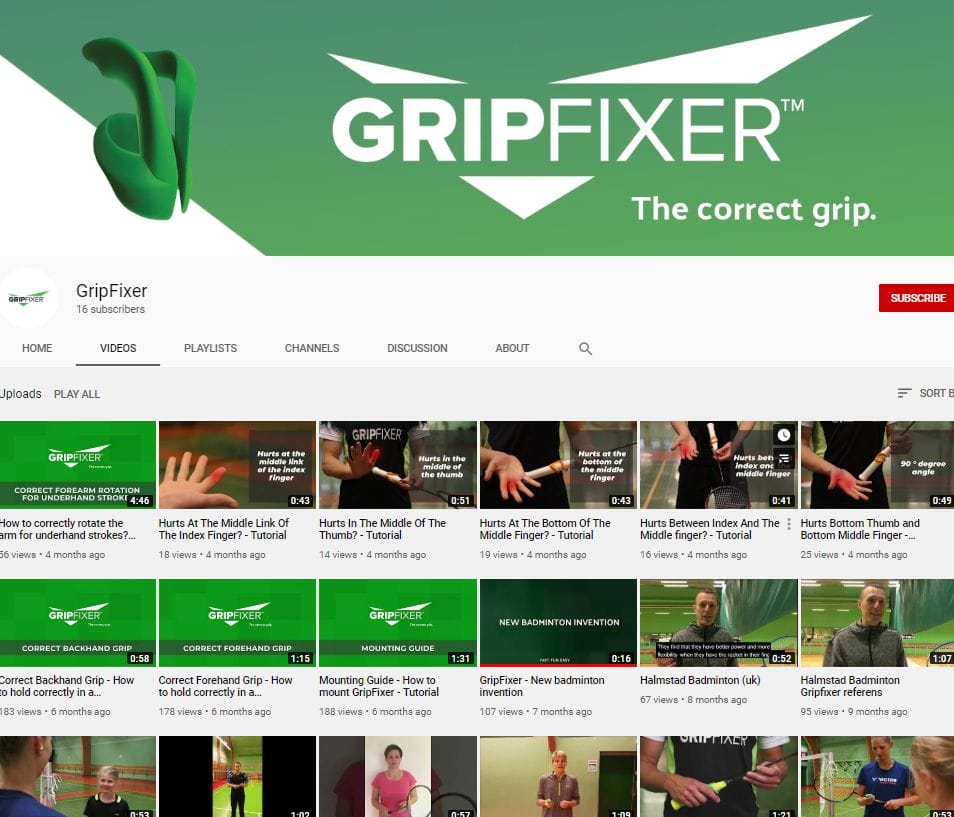
How to use it
Your job as a coach is to work out which practices work best with it. If you click on this image there are plenty of ideas on what to do on the court.
I recommend that you start with lots of below shoulder work as mentioned in no. 2 above. Introduce GripFixer from the very first lesson, set mini-challenges and encourage each player with lots of positivity.
I’ve had 2 different reactions from young players. They either loved it and wanted to buy one. Or, they used it for 2 lessons, took it off and played without.
These reactions are normal. However, both were using an appropriate grip for the practice and crucially were NOT using a Pan Handled grip or had their finger pointing up the shaft.

– – – – – – – – – – – – – – – –
Thanks for reading this far, I appreciate your time and motivation 🙂
Please send any of your thoughts and comments to contact@badmintonandy.com
– – – – – – – – – – – – – – – –
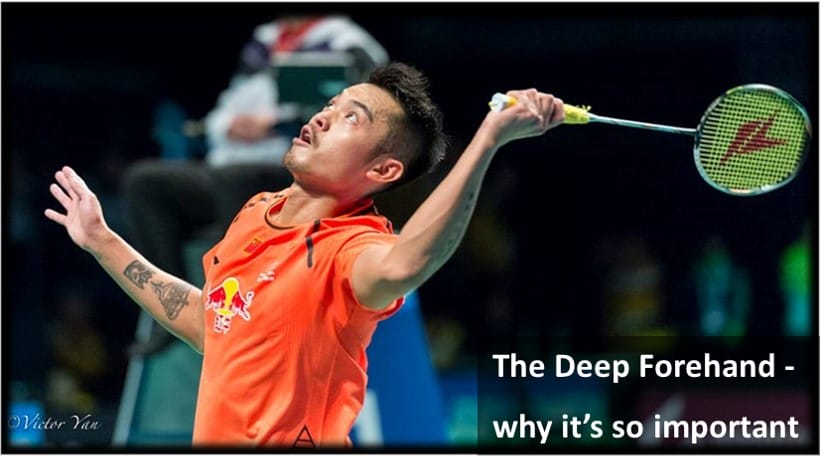 Have you read The Deep Forehand – why it’s important
Have you read The Deep Forehand – why it’s important
This is one of the most important early strokes to learn, eEvery player needs a great deep forehand at the start of their Badminton journey, especially in singles
Not only will it allow you to exploit your opponent’s weaknesses, but it will also keep you out of trouble
This post will introduce you to the stroke and why I believe it’s important
Have you read The Deep Forehand – a Coaches guide
It explains how and when to introduce this stroke to your players, what steps could you follow, plus outlines the key components and practices
Come with me and explore the advice I’ve been given, plus the tips and tricks to establishing a great deep forehand
Have you read the 6 Ways to develop an awesome Deep Forehand
This post is aimed at players and will give you some ideas on how to make this an awesome stroke in defensive & attack. It will also help you contribute towards creating a great practice.
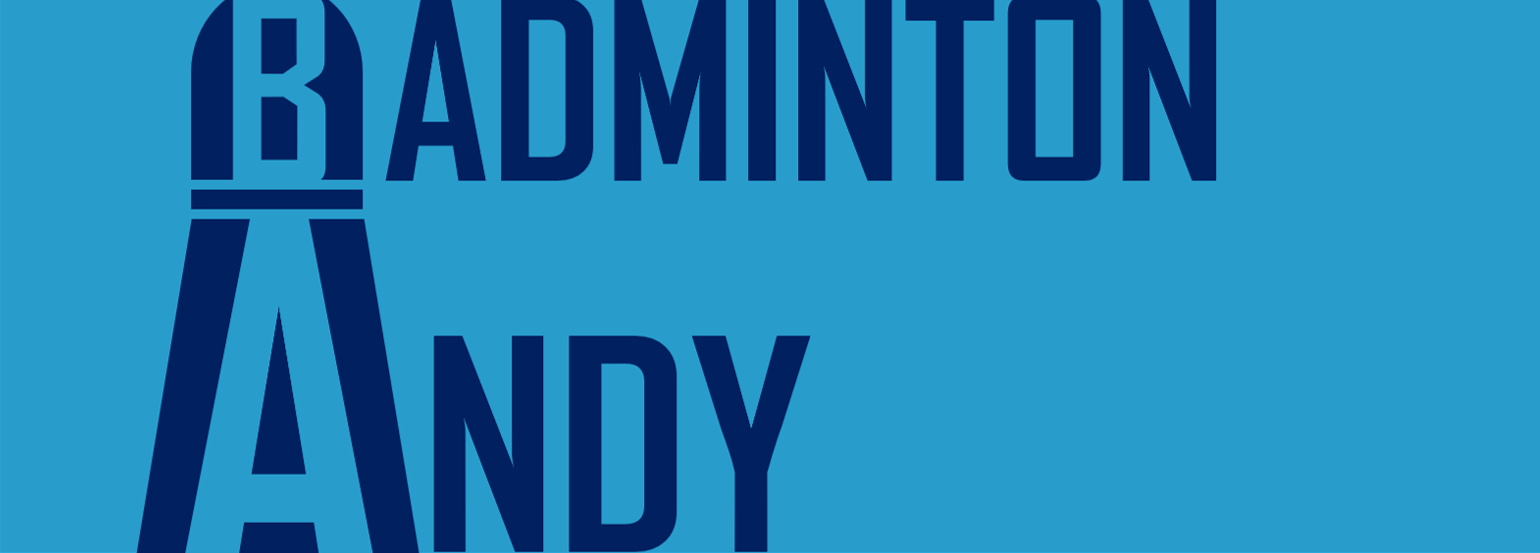



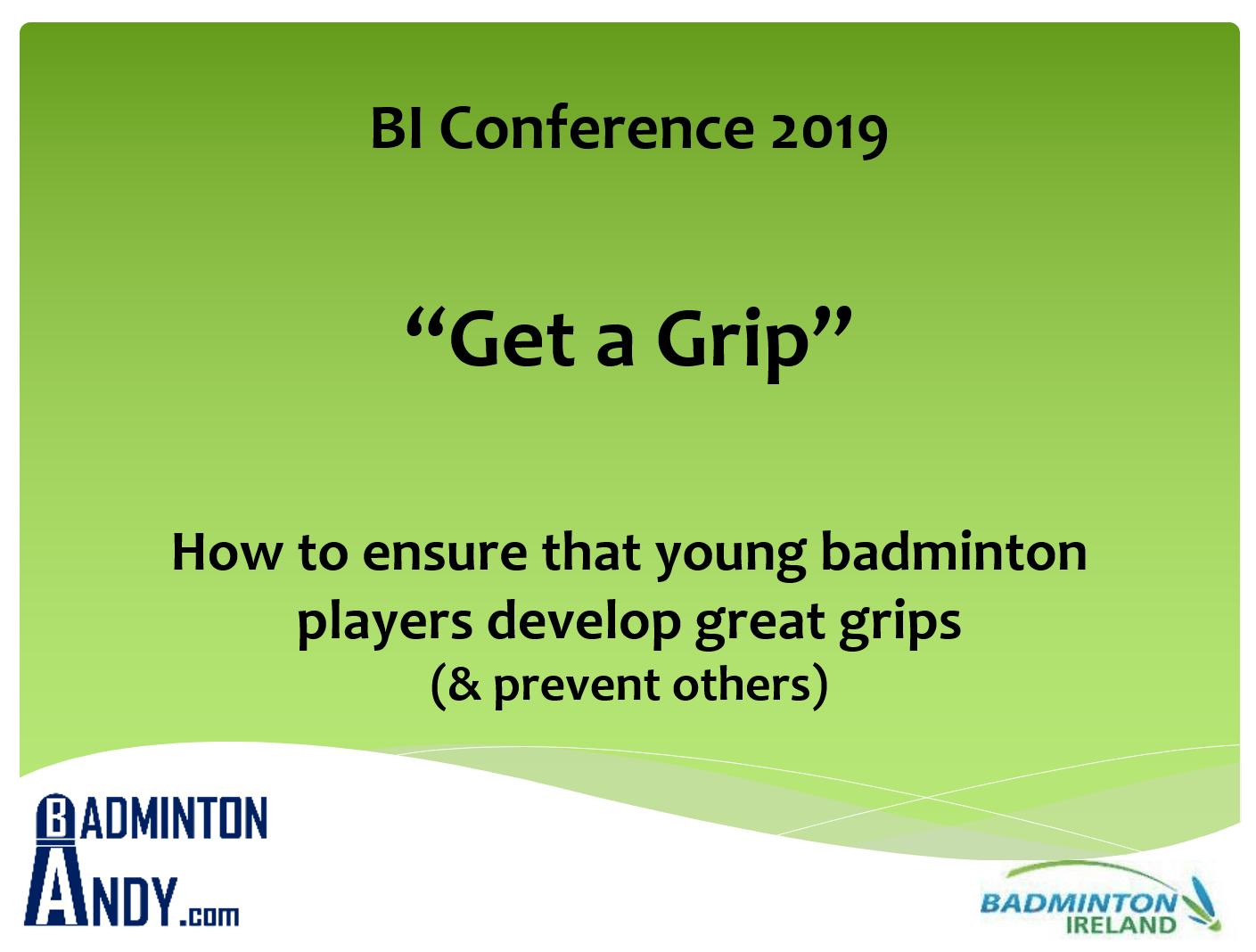
 Do
Do
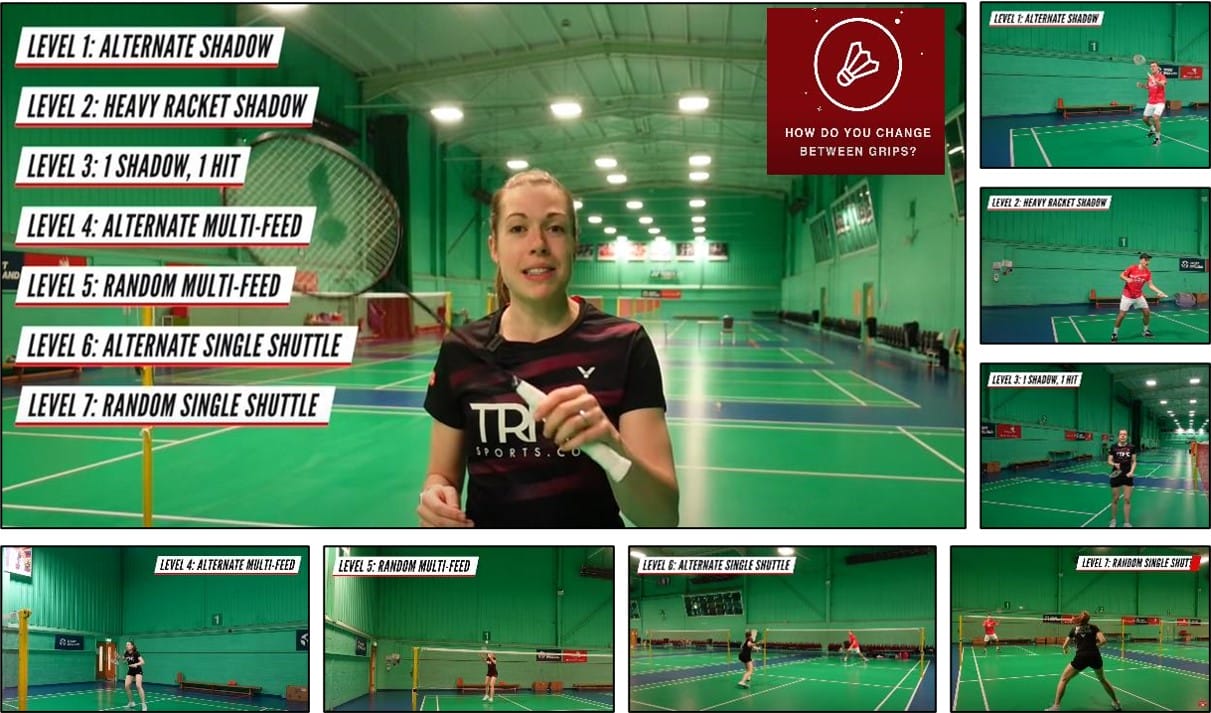

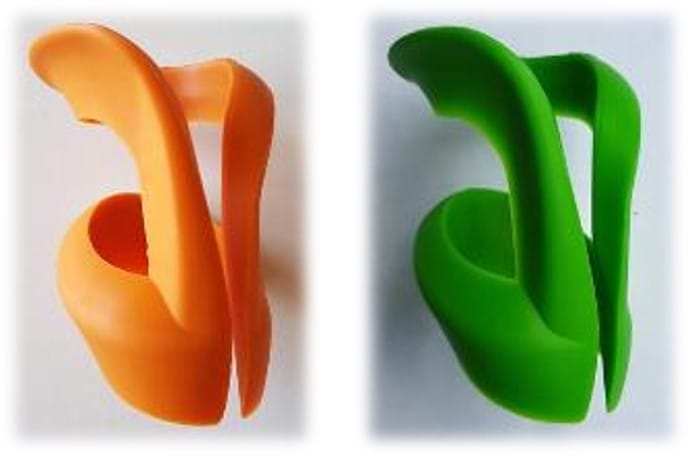 Have you tried this product?
Have you tried this product?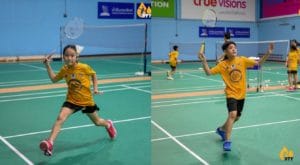
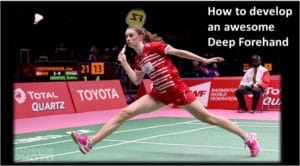
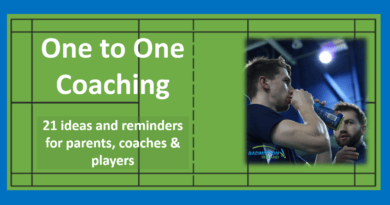

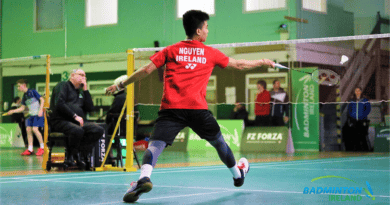
In my view Andy’s best post yet, backed up by years of empirical experience and supported by strong theoretical underpinnings
Initially don’t allow players to hit across the net in the forecourt , only develop this when proper sideways overhead action and grip is there . Too often see kids patting shuttle across the net in forecourt which only grooves panhandle square on hitting